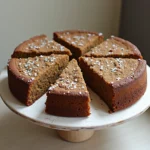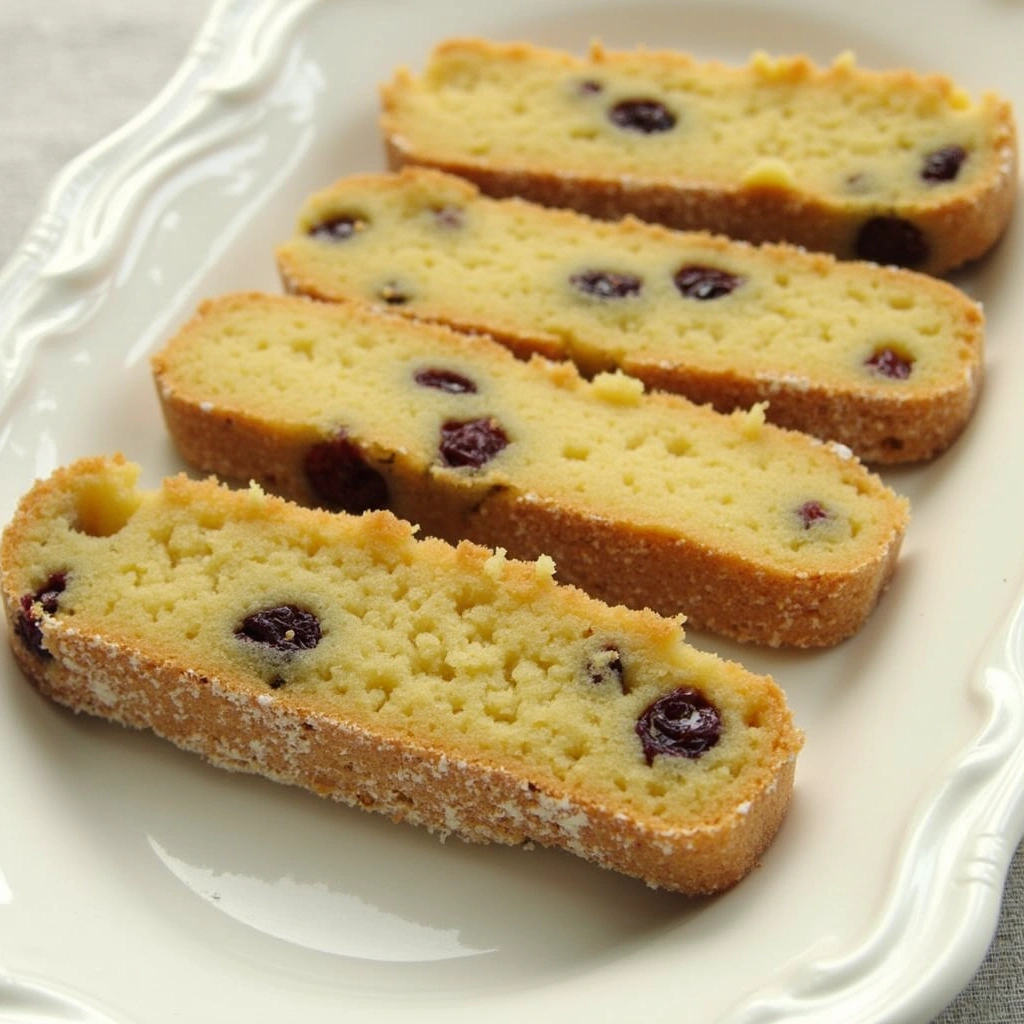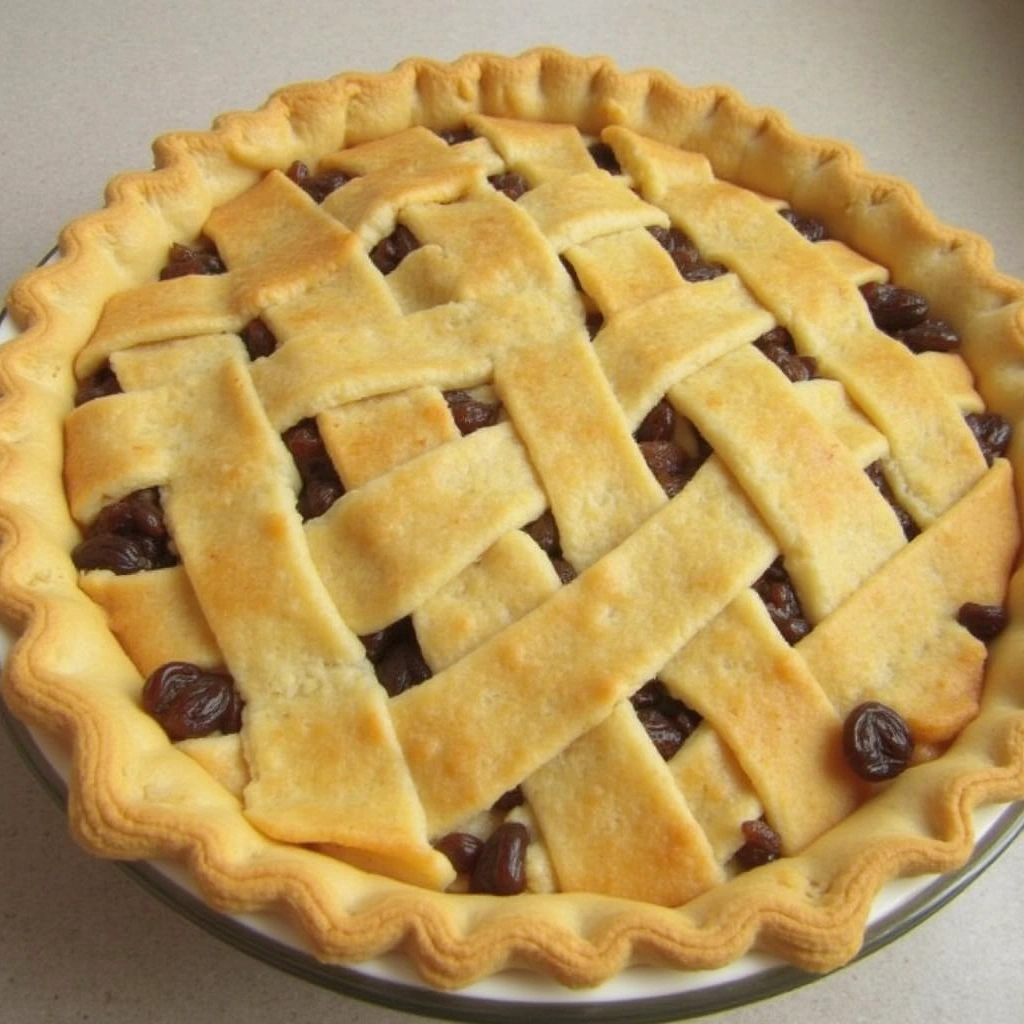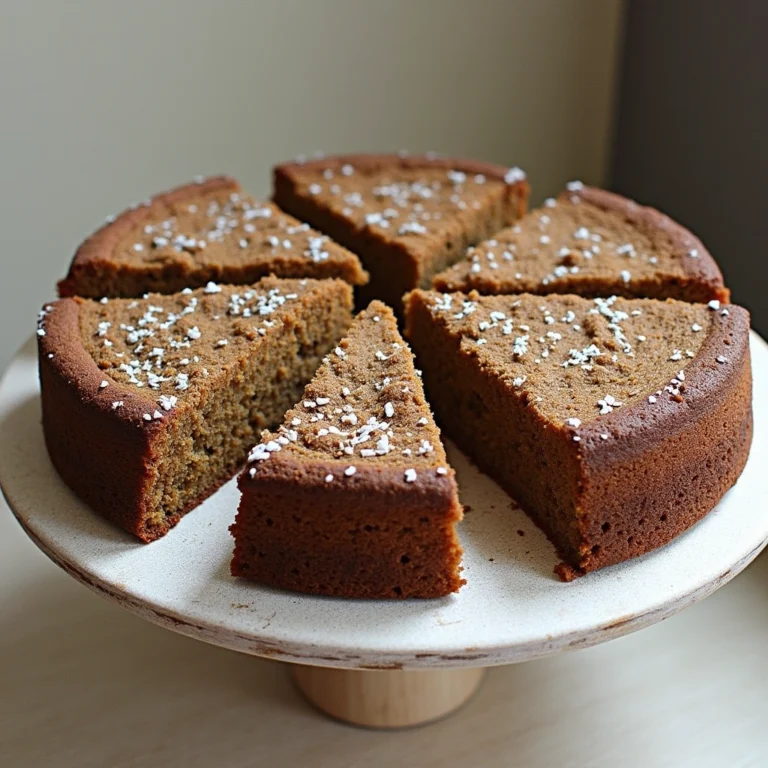Funeral cakes have long stood as quiet companions to grief—humble offerings of comfort shared among mourners as they gather to honor a life lost. My own introduction to funeral cakes came in the form of a soft, spiced loaf passed around at my great-aunt’s wake, baked lovingly by my grandmother. As we sat together in her warm kitchen the night before, she told me stories of how these cakes had always been more than just food—they were gestures of care, a way to nourish hearts as much as bodies during difficult times.
That experience stayed with me. It wasn’t about sweetness or presentation—it was about presence. Funeral cakes, with their simple yet heartfelt flavors, often spiced or fruit-laced, carry a deep sense of heritage. My grandmother shared how, in her own childhood, women in her New York neighborhood would bake mourning cakes laced with cloves, molasses, or dried fruit—ingredients that were both accessible and symbolically rich, representing warmth, preservation, and memory.
In this article, we’ll explore the deep roots of the Funeral Cake Recipe—its evolution through different cultures and time periods, the ways ingredients and rituals have changed, and the comfort these cakes still bring to modern-day mourning practices. Whether you’re honoring an old tradition or simply seeking a way to show love in a time of loss, funeral cakes remind us that even in grief, there can be warmth, connection, and nourishment.
If you would like explore this Angel Food Protein Cake
Table of Contents
Table of Contents

Funeral Cake Recipe
- Total Time: 40
Description
Funeral cakes have long stood as quiet companions to grief—humble offerings of comfort shared among mourners as they gather to honor a life lost.
Ingredients
Recipe 1: Victorian Mourning Cakes
Ingredients:
-
- 1 cup unsalted butter, softened
-
- 1 1/2 cups granulated sugar
-
- 3 eggs, at room temperature
-
- 1/2 cup dark molasses
-
- 1 tbsp caraway seeds
-
- 2 1/2 cups all-purpose flour
-
- 2 tsp ground cardamom
-
- 1 tsp ground ginger
-
- 1/4 tsp salt
-
- Powdered sugar (optional – for dusting)
Instructions
Instructions:
-
- Preheat the oven to 350F.
-
- Cream the butter and sugar until light and fluffy.
-
- Beat in the eggs one at a time, followed by the molasses.
-
- In a separate bowl, whisk together the caraway seeds, flour, cardamom, ginger, and salt.
-
- Gradually add the dry ingredients to the wet ingredients until well combined.
-
- Divide the batter into mini Bundt pans and bake for 25-28 minutes.
-
- Dust with powdered sugar before serving2.
- Prep Time: 10
- Cook Time: 30
- Category: Cake
- Method: Bake
- Cuisine: American
History of Funeral Cakes
The tradition of funeral cakes dates back to ancient times, with roots in various European customs. In the Balkans, for example, small bread images of the deceased were made and consumed by the family as part of the mourning ritual1. In England, “burial-cakes” were a relic of sin-eating, a practice where a person would eat food placed on a corpse to absorb its sins1.
One of the earliest recorded funeral cake traditions in America was the “doed-koecks” or “dead-cakes,” introduced by the Dutch in the 17th century. These cakes were marked with the initials of the deceased and distributed to funeral attendees in old New York1. A recipe for doed-koecks required substantial ingredients, including fourteen pounds of flour, six pounds of sugar, and five pounds of butter, highlighting the significance and grandeur of these cakes in funeral customs1.
In Victorian England, mourning customs were elaborate and included baking funeral cookies or biscuits, often flavored with caraway seeds and molasses2. These cookies were a staple at Victorian funerals, symbolizing respect and solidarity with the grieving family2.
Take a look of this Mastro Butter Cake Recipe

Types of Funeral Cakes
Over time, funeral cakes have evolved to reflect local traditions and preferences. Here are a few types:
- Victorian Mourning Cakes: These are a modern interpretation of traditional Victorian mourning cookies, made into cakes for a more contemporary twist. They typically include ingredients like molasses, caraway seeds, and spices, giving them a distinctive autumnal flavor2.
- Traditional English Funeral Cakes: In rural England, funeral cakes are often simple shortcakes or sponge fingers flavored with lemon peel and dried fruit. These cakes were traditionally served with sherry or wine to guests attending the funeral3.
- Pennsylvania Dutch Raisin Pie: This is a traditional dessert brought by mourners as a gift to the family of the deceased. It is a sweet pie filled with raisins and spices, symbolizing comfort and support during difficult times4.
- Texas Funeral Cake: This tradition involves bringing cakes to funerals as a gesture of respect and support. The cakes can vary in type but often include symbolic decorations or flavors that honor the deceased5.
Recipes for Funeral Cakes
Here are a few recipes that reflect the diversity of funeral cakes:
Recipe 1: Victorian Mourning Cakes
Ingredients:
- 1 cup unsalted butter, softened
- 1 1/2 cups granulated sugar
- 3 eggs, at room temperature
- 1/2 cup dark molasses
- 1 tbsp caraway seeds
- 2 1/2 cups all-purpose flour
- 2 tsp ground cardamom
- 1 tsp ground ginger
- 1/4 tsp salt
- Powdered sugar (optional – for dusting)
Instructions:
- Preheat the oven to 350F.
- Cream the butter and sugar until light and fluffy.
- Beat in the eggs one at a time, followed by the molasses.
- In a separate bowl, whisk together the caraway seeds, flour, cardamom, ginger, and salt.
- Gradually add the dry ingredients to the wet ingredients until well combined.
- Divide the batter into mini Bundt pans and bake for 25-28 minutes.
- Dust with powdered sugar before serving2.
Recipe 2: Traditional English Funeral Cake (Sponge Fingers with Lemon and Dried Fruit)
Ingredients:
- 2 cups all-purpose flour
- 1 cup granulated sugar
- 3 large eggs, at room temperature
- 1/2 cup unsalted butter, softened
- 1 tsp baking powder
- 1 tsp grated lemon peel
- 1/2 cup dried fruit (such as raisins or currants)
Instructions:
- Preheat the oven to 375F. Line a baking sheet with parchment paper.
- Whisk together flour, sugar, and baking powder.
- Beat in the eggs and butter until smooth.
- Stir in the lemon peel and dried fruit.
- Pour the batter into a piping bag and pipe into long, thin strips.
- Bake for about 10-12 minutes or until lightly golden.
- Serve with sherry or wine3.
Recipe 3: Pennsylvania Dutch Raisin Pie
Ingredients:
- 2 cups all-purpose flour
- 1 tsp salt
- 1/2 cup cold unsalted butter, cut into small pieces
- 1/4 cup ice-cold water
- Filling: 1 cup raisins, 1/2 cup brown sugar, 1/4 cup granulated sugar, 1 tsp cinnamon
Instructions:
- Preheat the oven to 375F.
- Make the crust by combining flour and salt, then adding butter and water until a dough forms.
- Roll out the dough and place in a pie dish.
- Mix the raisins, brown sugar, granulated sugar, and cinnamon for the filling.
- Fill the pie crust with the raisin mixture and cover with another pie crust or a crumb topping.
- Bake for about 40-50 minutes or until the crust is golden brown4.

Significance of Funeral Cakes
Funeral cakes serve several purposes in mourning rituals:
- Symbolism and Tradition: They often carry symbolic meanings, such as caraway seeds representing eternal life or lemon peel signifying purification6.
- Comfort and Support: Baking and sharing cakes is a way to offer comfort and support to the grieving family, emphasizing community and solidarity3.
- Respect and Remembrance: Decorating cakes with the initials of the deceased or using specific molds can honor the memory of the departed4.
Modern Funeral Practices
While traditional funeral cakes continue to be part of many cultures, modern practices have evolved to include more personalized and creative expressions of grief. Today, funeral cakes can be customized with personal messages, favorite flavors of the deceased, or symbolic decorations that reflect their life and interests.
In some cultures, the tradition of bringing food to funerals remains strong, with cakes being just one of many dishes shared among mourners. This communal act of sharing food reinforces the sense of community and support during difficult times.
FAQs
Q1: What is the significance of funeral cakes in mourning rituals?
A1: Funeral cakes are significant because they symbolize respect, comfort, and remembrance for the deceased. They often carry symbolic meanings and are shared among mourners to reinforce community and solidarity during difficult times.
Q2: What types of cakes are traditionally used as funeral cakes?
A2: Traditionally, funeral cakes vary widely depending on cultural and regional customs. Examples include Victorian mourning cakes, traditional English sponge fingers with lemon and dried fruit, and Pennsylvania Dutch raisin pies. Each type has its unique ingredients and symbolism.
Q3: How do I choose the right type of funeral cake for a service?
A3: The choice of funeral cake depends on personal preferences, cultural traditions, and the deceased’s favorite flavors or desserts. Consider what would honor the memory of the deceased and provide comfort to the grieving family.
Q4: Can I customize funeral cakes with personal messages or decorations?
A4: Yes, modern funeral practices often involve customizing cakes with personal messages, favorite colors, or symbolic decorations that reflect the life and interests of the deceased. This adds a personal touch and makes the cake more meaningful.
Q5: What ingredients are commonly used in traditional funeral cakes?
A5: Common ingredients include molasses, caraway seeds, lemon peel, and dried fruits like raisins or currants. These ingredients often carry symbolic meanings, such as caraway seeds representing eternal life.
Q6: How do I store and transport funeral cakes to ensure they remain fresh?
A6: To keep funeral cakes fresh, store them in airtight containers at room temperature or refrigerate them if necessary. When transporting, use sturdy containers or cake boxes to prevent damage.
Q7: Can I make funeral cakes ahead of time?
A7: Yes, many funeral cakes can be made ahead of time. For example, Victorian mourning cakes can be baked and frozen for later use. However, it’s best to assemble and decorate them just before the service to ensure freshness.
Q8: What role do funeral cakes play in modern funeral practices?
A8: In modern funeral practices, funeral cakes continue to serve as a symbol of respect and comfort. They are often personalized to reflect the deceased’s personality or interests, making them a meaningful part of the service.
Q9: How do I incorporate funeral cakes into a memorial service or reception?
A9: Funeral cakes can be served at the reception following the service, often accompanied by beverages like tea or coffee. They can also be placed on a memorial table as part of the service decorations.
Conclusion
Funeral cakes are more than just a dessert; they are a tangible expression of respect, comfort, and remembrance. Whether through traditional recipes or modern interpretations, these cakes continue to play a significant role in mourning customs around the world. As we explore and appreciate these traditions, we honor not only the deceased but also the enduring power of food to bring people together in times of sorrow.
In the end, the act of baking and sharing funeral cakes is a testament to the human spirit’s capacity for empathy and community. Whether you are honoring a loved one with a traditional recipe or creating a new tradition, the gesture remains a powerful symbol of love and support during life’s most challenging moments.

